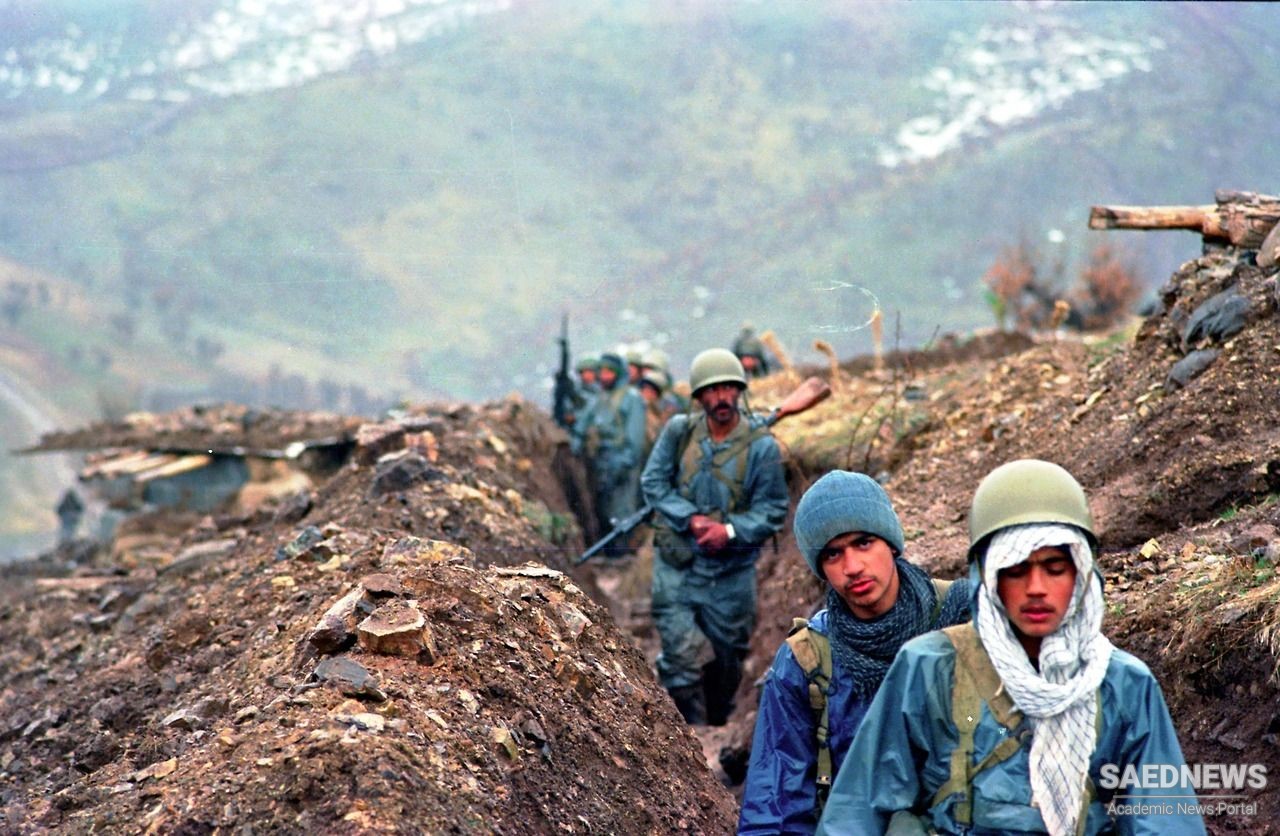Two Iranian divisions were garrisoned on the northern border with the Soviet Union, one on the Caspian Sea and the other near Urumiyah, opposite Soviet Azerbaijan. Moreover, Iran’s army was in deplorable shape, wracked by turmoil that sapped its effectiveness. Hundreds of officers deemed disloyal to the regime had recently been shot or imprisoned. The authority of those who remained was curtailed by a committee of clerics, who had attached political commissars to all the major units. The term of enlistment of troops had been cut from four to two years. The troops’ training had been neglected, as had the maintenance of equipment. As a result, much of the advanced weaponry purchased from the United States was barely operable.
As indications of Iraq’s impending aggression began to multiply, however, the clerics were forced to respond. On September 14, 1980, they ordered units in Iranian Kurdistan to move to the international border. Two days later, more units inside Iran were told to relocate to the western provinces, and on September 19, naval units at Abadan and Khoramshahr were put on alert. On September 20, Iran began to call up reservists.
Even so, Iran had available only small units of regular army troops stationed throughout the crucial Khuzistan sector. For the most part the initial defense was left to the Revolutionary Guards and revolutionary komitehs (about which we will have more to say below). Only one division of regular army was dispatched to the south after the attack commenced.
September 22 is the day generally credited as the start of the war, when Iraq’s air force bombed every major air base in western Iran. The intent was to destroy Iran’s air capability in a single stroke. The maneuver failed, largely due to faulty intelligence. Moreover, apparently on orders from Saddam, Iraq’s pilots relied on high-altitude bombing instead of making low-level attacks that would have ensured greater accuracy. As a result, the bulk of Iran’s air force escaped unscathed.
On the naval front, knowing that its tiny naval arm could not challenge the superior Iranian fleet, Iraq did not even make the attempt. It conceded control over the Gulf to the Iranian forces. Failure to neutralize either Iran’s air force or navy was a major blunder on the part of the Iraqis and caused immediate grave difficulties. The whole thrust of Iraq’s strategy was to keep the war limited. But the day after the war started, both Iran’s navy and air force took actions that greatly expanded the conflict. On September 25 and 26, Iranian bombers attacked targets deep inside Iraq. Along with several oil refineries and the hydroelectric complex at Darbandi Khan, they damaged Iraq’s nuclear facility and raided the capital, Baghdad. Ships of Iran’s navy attacked Iraqi oil refineries at Al Faw, causing extensive damage that considerably reduced Iraq’s oil-exporting capacity.
The Iraqis committed six divisions in their initial assault, a force of roughly 70,000 men, and over 2,000 tanks. These were reinforced within a few weeks by three additional divisions with about 35,000 troops. The attack was launched along three major axes—one in the far north around Naft e Shahr, a second slightly farther south at Qasr e Shirin, and a third in Khuzistan. The two northernmost attacks were in effect blocking actions in which Iraqi forces took up positions at strategic passes through the Zagros Mountains in order to prevent Iranian counterthrusts toward Baghdad.


 The War with Great Britain over Herat
The War with Great Britain over Herat














































